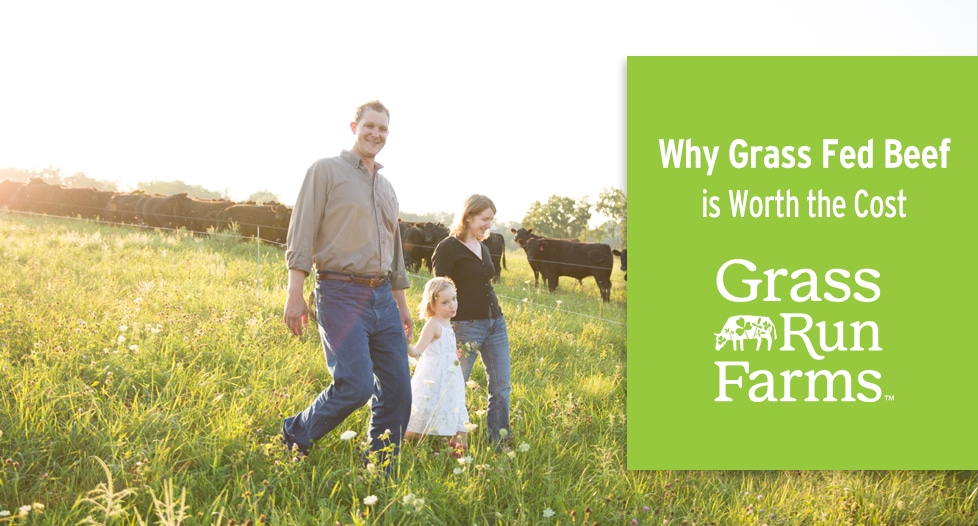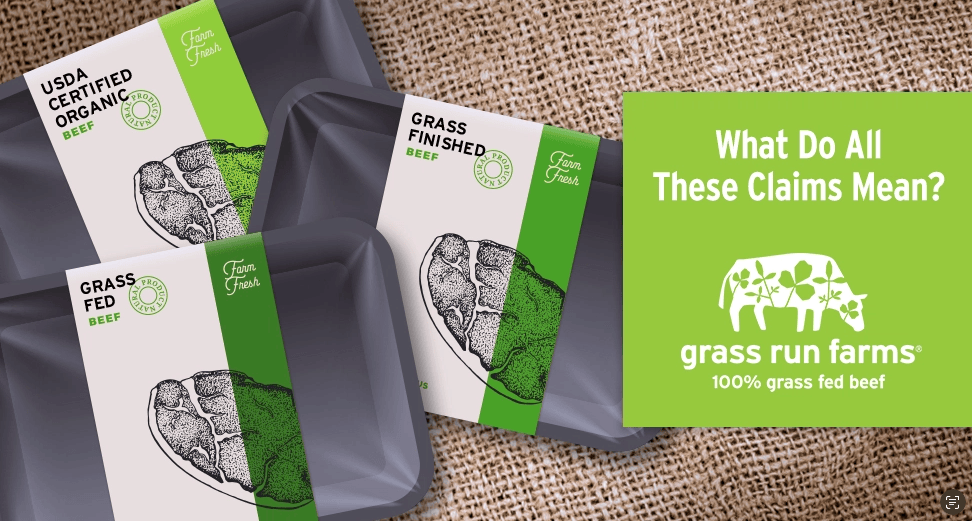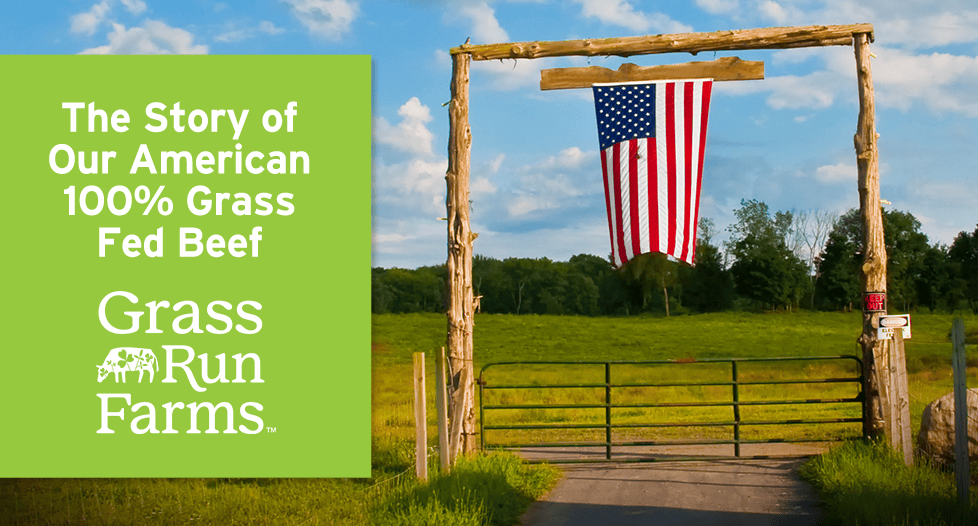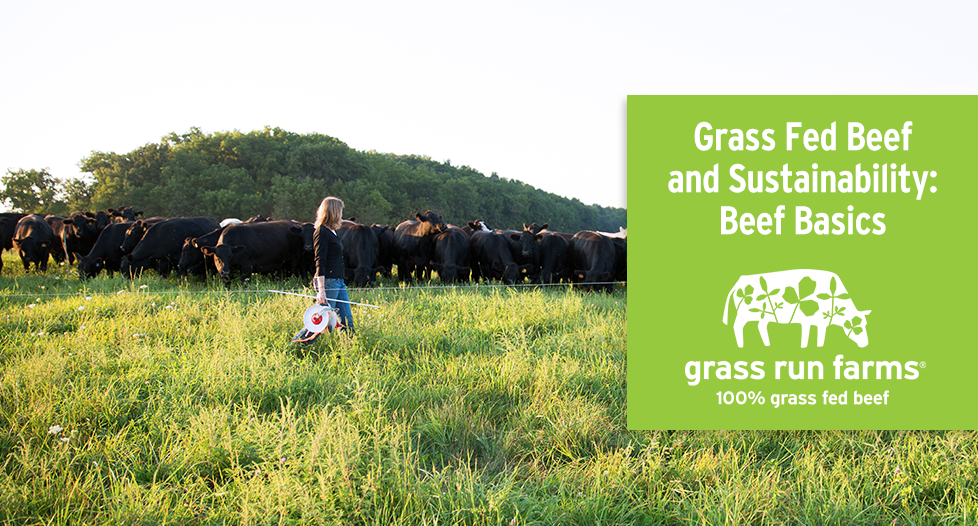June 21, 2019
Today’s grocery shoppers have a choice at the butcher shop and grocery store meat counter: grain fed beef or grass fed beef?
Before you can make that decision, there are two other questions to consider. Why does grass fed beef often cost more? And is it worth the extra cost? Let’s dig into the reasons behind the price difference and the benefits that make grass fed beef a worthwhile investment.
Grass Fed Beef’s Growing Popularity
Until the 1940s, most beef was grass fed and grass finished, as cattle were raised on pasture and fed a natural diet their whole lives.1 Now, “grass fed” and “grass finished” have made a comeback as consumer demand for natural, high-quality meat has surged.
In fact, Google Trends shows that interest in grass fed beef is at an all-time high. You might also notice “grass fed” and “grass finished” appearing more often on menus and social media, signaling an expanding appreciation for traditional farming practices.

A Google Trends chart showing web search interest for “grass fed beef” from January 2004 to October 2024
Why does grass fed cost more?
- Grass fed beef takes time to produce: Grass fed beef is given the time to grow naturally on forage without the aid of added growth hormones. This slow, natural approach requires our ranchers to commit additional time and resources to ensure the cattle are raised in a way that prioritizes quality over speed.
- More land and space for cattle to roam: Grass fed cattle get ample space to roam and graze freely, which means our farmers need a greater area for raising their herds. This investment (in real estate and resources like maintenance and labor) not only provides cattle with a more natural environment but also adds to the overall cost.
- Relationships with family-owned farms: Grass Run Farms partners with family farms, which tend to handle smaller herds of cattle at one time. They are often spread across large areas to allow for that much-needed grazing room. Grass Run Farms is able to work closely with family ranchers, ensuring each animal receives the attention and care that only a family-run operation can provide. These ranchers are paid for quality—not just quantity—which is reflected in the final price of grass fed beef.
What You’re Really Paying for in Grass Fed Beef
Superior Nutrition
Grass fed beef has higher levels of omega-3 fatty acids CLA (conjugated linoleic acid), and antioxidants compared to conventional grain fed beef.2,3 These nutrients contribute to heart health, reduce inflammation, and offer more nutritional value per bite, making grass fed beef a smart choice for health-conscious consumers.
Unmatched Flavor
Grass fed beef has a richer, earthier flavor than conventional beef due to the natural forage diet. For anyone who appreciates a savory, full-bodied beef experience, grass fed offers a gourmet choice that elevates any meal.
Traditional Practices
Raising cattle on pasture can support environmental sustainability. Grass fed farming promotes healthy soil, prevents overgrazing, and encourages biodiversity on family farms. This adds an extra layer of value for consumers who care about the environment and want their purchases to align with eco-friendly practices.
Animal Welfare
Cattle raised on grass fed farms live a more natural life with access to open pasture and a pure diet. This means less crowding and stress and more humane treatment, which can resonate with consumers who prioritize animal welfare.
Supporting Local Farms
Since Grass Run Farms’ grass fed beef is sourced from family-owned operations, every purchase helps support small, local businesses. By choosing grass fed, you’re not only investing in quality meat but also in rural communities and family farms.
Is grass fed beef worth the price?
At Grass Run Farms, we believe that grass fed beef is an investment in quality, nutrition, flavor, and ethics. Experienced ranchers work with healthy soil, nutritious forage, and a tranquil environment to deliver exceptional grass fed beef for your family. And, our cattle never receive antibiotics or added growth hormones, so you can feel confident about what you’re eating.
Want to learn more? Discover the Grass Fed Difference and explore our products. Or take the next step and find Grass Run Farms in a store near you.
Note: This article was originally published in 2019, then updated in 2024.
References
- Daley, C. A., Abbott, A., Doyle, P. S., Nader, G. A., & Larson, S. (2010). A review of fatty acid profiles and antioxidant content in grass-fed and grain-fed beef. Nutrition journal, 9, 10. https://doi.org/10.1186/1475-2891-9-10
- Nogoy, K. M. C., Sun, B., Shin, S., Lee, Y., Zi Li, X., Choi, S. H., & Park, S. (2022). Fatty Acid Composition of Grain- and Grass-Fed Beef and Their Nutritional Value and Health Implication. Food science of animal resources, 42(1), 18–33. https://doi.org/10.5851/kosfa.2021.e73
- Van Vliet, S., Provenza, F. D., & Kronberg, S. L. (2021). Health-Promoting Phytonutrients Are Higher in Grass-Fed Meat and Milk. Frontiers in Sustainable Food Systems, 4. https://doi.org/10.3389/fsufs.2020.555426









